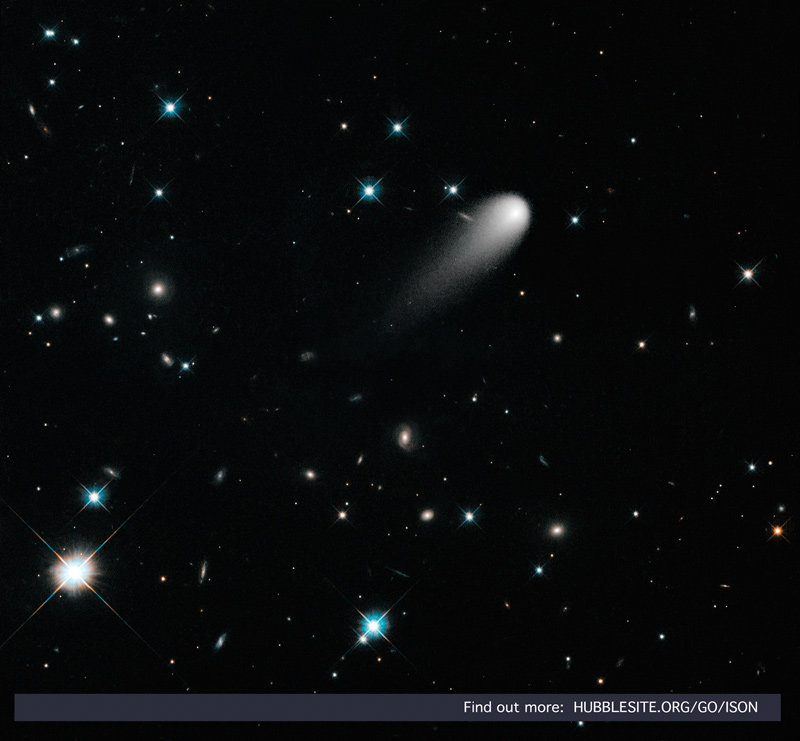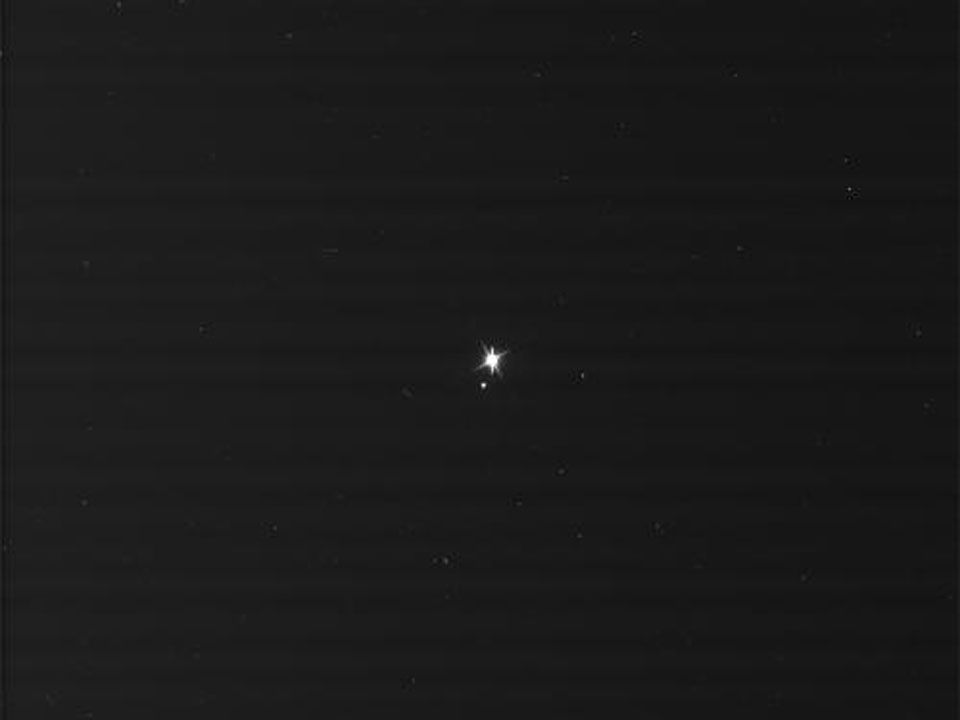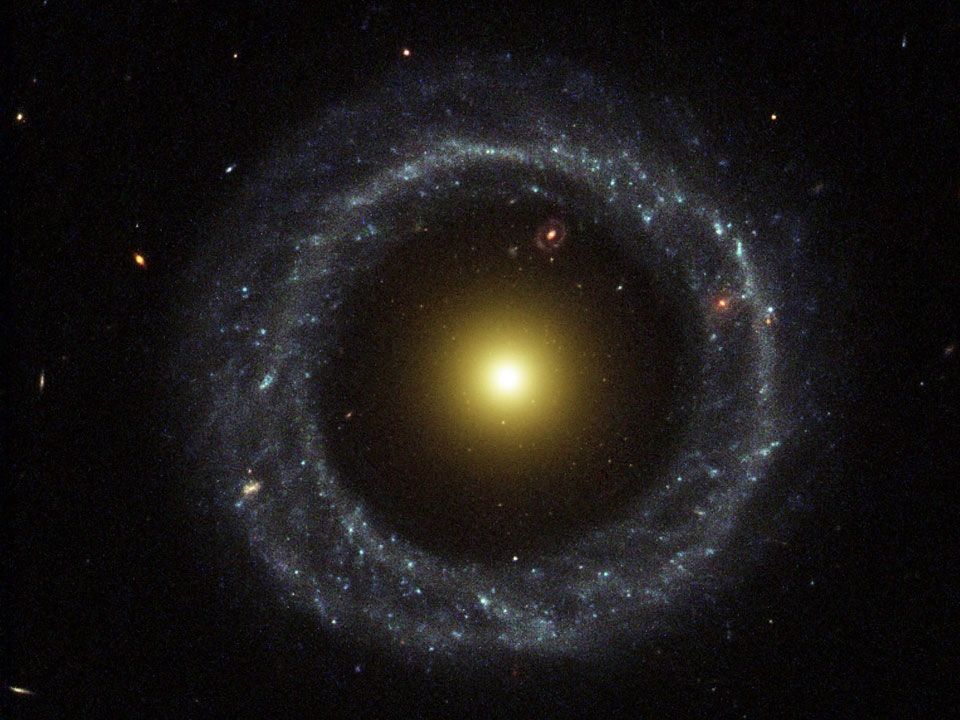So this thread is intended as somewhere to post these. The snappy title should make it easy to find in 'search', and being all in one place they could become a nice archive we can all enjoy.
So to start us off, NGC-3603 on space.com today.

Moderators: winston, another_commander, Cody








Oh, you mean this one? I want to see the one from Mercury!Hueij wrote:Well, since Cassini has taken our picture two days ago



From this distant vantage point, the Earth might not seem of any particular interest. But for us, it's different. Consider again that dot. That's here. That's home. That's us. On it everyone you love, everyone you know, everyone you ever heard of, every human being who ever was, lived out their lives. The aggregate of our joy and suffering, thousands of confident religions, ideologies, and economic doctrines, every hunter and forager, every hero and coward, every creator and destroyer of civilization, every king and peasant, every young couple in love, every mother and father, hopeful child, inventor and explorer, every teacher of morals, every corrupt politician, every "superstar," every "supreme leader," every saint and sinner in the history of our species lived there – on a mote of dust suspended in a sunbeam.
The Earth is a very small stage in a vast cosmic arena. Think of the rivers of blood spilled by all those generals and emperors so that in glory and triumph they could become the momentary masters of a fraction of a dot. Think of the endless cruelties visited by the inhabitants of one corner of this pixel on the scarcely distinguishable inhabitants of some other corner. How frequent their misunderstandings, how eager they are to kill one another, how fervent their hatreds. Our posturings, our imagined self-importance, the delusion that we have some privileged position in the universe, are challenged by this point of pale light. Our planet is a lonely speck in the great enveloping cosmic dark. In our obscurity – in all this vastness – there is no hint that help will come from elsewhere to save us from ourselves.
The Earth is the only world known, so far, to harbor life. There is nowhere else, at least in the near future, to which our species could migrate. Visit, yes. Settle, not yet. Like it or not, for the moment, the Earth is where we make our stand. It has been said that astronomy is a humbling and character-building experience. There is perhaps no better demonstration of the folly of human conceits than this distant image of our tiny world. To me, it underscores our responsibility to deal more kindly with one another and to preserve and cherish the pale blue dot, the only home we've ever known.
You called sir?JazHaz wrote:Oh, you mean this one? I want to see the one from Mercury!Hueij wrote:Well, since Cassini has taken our picture two days ago

Hueij wrote:Well, since Cassini has taken our picture two days ago, here is the one from 2006. I tried to make it smaller but then we would have disappeared altogether.



Is this one galaxy or two? This question came to light in 1950 when astronomer Art Hoag chanced upon this unusual extragalactic object. On the outside is a ring dominated by bright blue stars, while near the center lies a ball of much redder stars that are likely much older. Between the two is a gap that appears almost completely dark. How Hoag's Object formed remains unknown, although similar objects have now been identified and collectively labeled as a form of ring galaxy. Genesis hypotheses include a galaxy collision billions of years ago and the gravitational effect of a central bar that has since vanished. The above photo taken by the Hubble Space Telescope in July 2001 revealed unprecedented details of Hoag's Object. More recent observations in radio waves indicate that Hoag's Object has not accreted a smaller galaxy in the past billion years. Hoag's Object spans about 100,000 light years and lies about 600 million light years away toward the constellation of the Snake (Serpens). Coincidentally, visible in the gap (at about one o'clock) is yet another ring galaxy that likely lies far in the distance.


Sometimes the best is saved for last. It certainly was the case for one night sky photographer, who was about to pack up from a night of taking time lapse images of the Milky Way when a bright meteor shot across the sky, as seen in this spectacular photo.
"I had been running a 50mm time lapse of the Milky Way passing behind Cannon Mountain Observatory for just about two hours on Friday night. Many meteors were lighting up the sky throughout the night," photographer Christopher Georgia wrote SPACE.com in an email.
"Just as I was about to break down my equipment and head out, one of the brightest fireballs I had seen all night lit up the sky just to the left of the Milky Way."
Georgia took this shot in July near Cannon Mountain Observatory in Franconia, New Hampshire. He used a Nikon D3s camera, Nikon 50mm lens, exposure 10 seconds, f/2.8 and ISO 2500, to capture the image. The photo was release to SPACE.com July 17, 2013.

